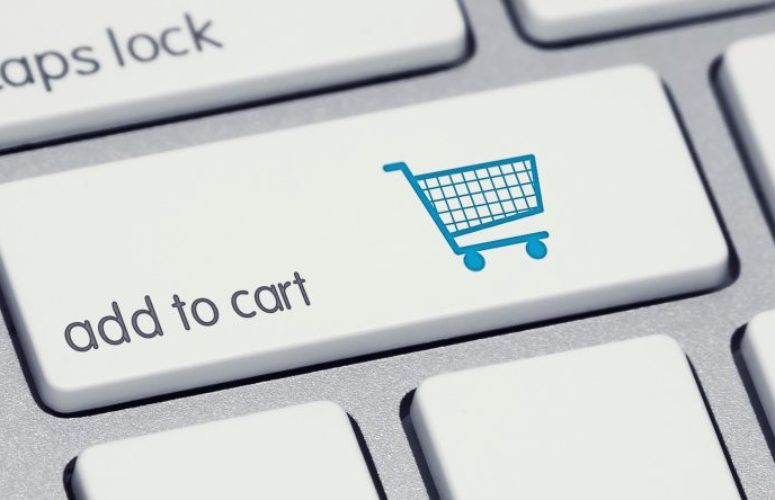
E-commerce Study Pinpoints Consumers’ Post-Pandemic Shopping Expectations
Consumers Maintain Standards Amid Supply Chain Disruptions
On Jul 1, 2022Edison-based Dotcom Distribution has released its eighth annual e-commerce consumer study, which reveals how consumers have rebounded from the pandemic amid strained supply chains.
“For the past eight years, we’ve conducted this annual study to track the trajectory of the online shopping experience from the consumer perspective,” said Dotcom Distribution co-founder and CEO Maria Haggerty. “Each year, we look to the state of the e-commerce landscape to inform the lens through which we observe and evaluate the study data. In 2022, there was one sweeping theme: supply chain. This study provides first-hand consumer insights that brand marketers should consider as they continue navigating the e-commerce landscape.”
The study of 1,150 U.S. online shoppers explores trends and patterns across purchase behavior, omnichannel, packaging, shipping, returns and sustainability, also taking a deeper look at beauty and luxury consumers.
According to this latest research, here are 10 key factors shaping the e-commerce landscape:
Though most online shoppers have made peace with supply chain-driven delays, few are amenable to shipping costs. When asked their position on the current state of supply chains, 72% of respondents said they are more tolerant of shipping delays, whereas only 25% reported being more tolerant of shipping costs. 41% said they won’t pay more for shipping and 18% stated outright that they won’t make an online purchase if they are required to pay any shipping fees.
The state of the retail landscape has increased shoppers’ desire for in-store pickup and real-time inventory visibility. 56% of online shoppers reported changes in their shopping behavior due to supply chain deficiencies over the past year, with 49% stating they were more likely to check online for in-store availability before going to a store. 25% reported being more likely to use in-store pickup as a result of the “new normal.”
Adoption of subscription services and local delivery apps is mounting. In Dotcom’s 2021 study, the number of shoppers who reported using subscription services and delivery apps was 25% in both categories. The 2022 data reveals that subscription service and local delivery app usage grew to 35% and 32%, respectively.
Most consumers abandon carts when confronted with unexpected shipping fees. 79% of respondents reported abandoning items in online carts when presented with surprise shipping costs over the last year.
Most consumers would prefer to buy clothing in-store. Given the choice between purchasing an item online or in-store at the same price, 74% of shoppers reported wanting to buy clothing in-store. 43% of shoppers reported wanting to buy home goods in-store.
Among alternative payment options, online shoppers most desire to pay with points and rewards. 63% of online shoppers want the option to pay for online purchases with points or rewards. This significantly outweighed other options including splitting purchases across multiple payment methods, paying in installations (e.g., Buy Now Pay Later), and using cryptocurrency.
Return policies and features bolster customer experience and retention. 59% of respondents won’t purchase from a brand that does not have a free return policy, a 4% year-over-year increase. Additionally, more than half of consumers (51%) credit returnless refunds with making them want to purchase from a brand again—an 11% year-over-year increase—and 33% agreed this offering suggests a brand’s concern for the environment (+6% YOY).
Eco-friendly packaging is the best way to build a sustainable brand image. Overshadowing other sustainability factors including fuel-efficient transportation methods and ethical sourcing, 66% of consumers said eco-friendly packaging is most likely to make them shop with a brand.
Beauty shoppers are drawn to conscious brands. In the last year, 49% of beauty consumers have subscribed to services that support a circular economy, compared to 42% of all respondents surveyed. Beauty consumers also prioritize purchases that support social causes more than any other category of shopper (26%).
Luxury purchases are rebounding. 49% of online shoppers made luxury cosmetic, apparel, and/or accessories purchases in the past year, an 18% year-over-year increase.
The full study can be downloaded for free here. For more information about Dotcom Distribution, visit www.dotcomdist.com.
To access more business news, visit NJB News Now.
Related Articles:





